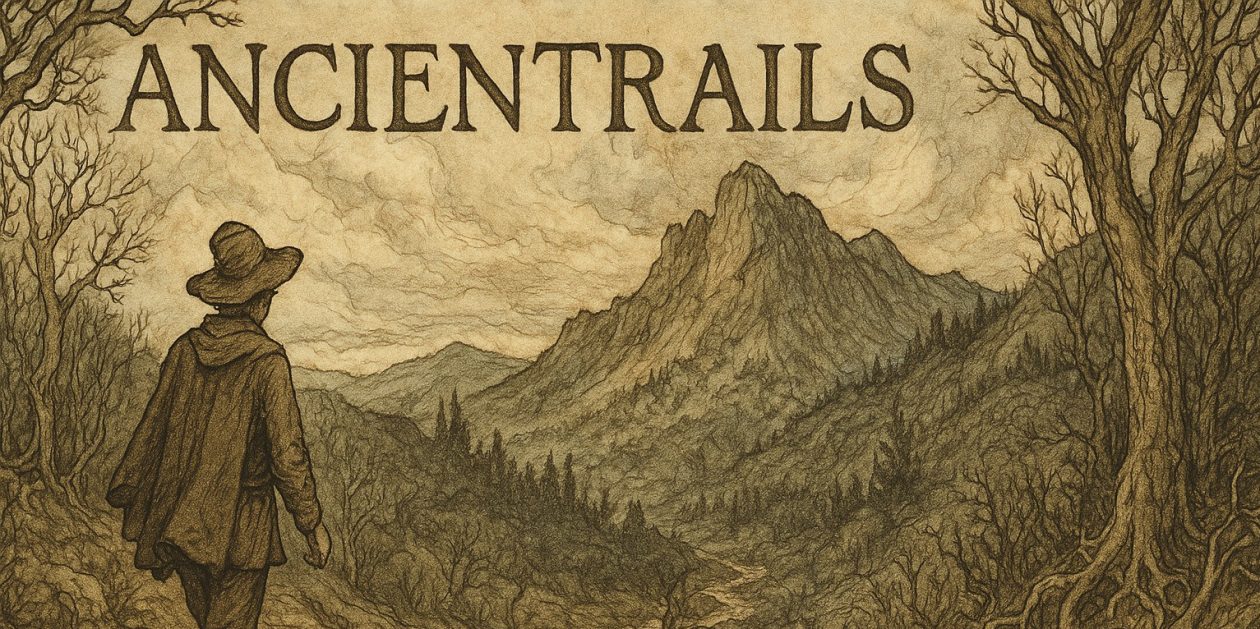Spring Moon of the Southern Cross
Valparaiso, Chile
Kate went out today on a Chilean Spirit: Wine and Horses excursion and I stayed behind.
The city of Valparaiso, like Coquimbo, rises from the ocean on a rocky peninsula. Different from Coquimbo, Valparaiso has two levels, a commercial, educational and institutional level near the port with some residential and a second, higher level filled with neighborhoods and little else.
Since the division between the two is quite steep, there are several ascensors located along the hill, funiculars that take regular traffic up and down in gaily colored cars. The fare saja, rising, is 300 pesons and 300 pesos for basada. 300 pesos is the equivalent of .60. At the top of the funicular I rode is the Naval Historical Museum and a lovely overlook with two cupolas with benches, a long promenade and several handicraft stall selling better than usual quality work.
I bought a nice wood engraving of the funicular for $16.
While walking a twenty minute stroll from the embarkation center for cruises, I had several interesting experiences.
The first was Mercado Central, open and buzzing on a Sunday, filled with fruit and vegetables for the most part, but there were also stalls selling wheels of cheese, pickled vegetables and pickled onions. Many men worked here essentially as beasts of burden carrying large sacks of onions, lugs of banana’s, boxes of artichokes.
My destination, Plaza Sotomayor, lay a good way away, so I walked along a boulevarded street with statuary and palm trees in the large planted area in the middle. Though nothing was open and traffic was light I did begin to notice graffiti that interested me.
Whipping out my spanish-english dictionary, I soon became fascinated by: Without profit, without capital. Organize. Revolution to the middle. Communista=fascista. This is a university city, so much of the material seemed to come from students, but nonetheless it spoke to a vital underground political community.
It made me wonder what it would be like to be a radical in one of these countries, say Peru or Chile. The pull would be incredible because the gap between rich and poor is so vast and the government so often heavy handed and greedy. On the other hand radicals here often pay the price. There were several spray painted pictures of individuals with asesenio on top: murderer or assassin. Politics would not be for the faint hearted, especially politics outside the normal order.
Along the way, I heard a rock band practicing in an evente salon, adding a very 60’s atmosphere to the messages added to the buildings.
All the museums had cerrado signs up, so I walked on past these grand colonial buildings to the Plaza. In the middle is a large naval sculpture dedicated to the Chilean heroes in the War of the Pacific including an eternal flame dedicated to their spirit. Since we had come through Ecuador and Peru, and, not through Bolivia, the effects of this war fought in the late 19th century has appeared from time to time on our tours.
A new aspect of such monuments occurred to me today though it may have been obvious to you all along. Such monuments, dedicated to particular military men and events in particular wars, serve not only to memorialize the events and people depicted, but they also put very concrete reminders of past hostilities on daily view for as long as the monuments last. Such monuments are often among the longest surviving remnants of any culture.
This means that old wounds remain open, daily scratched afresh by the pretense of honor. In this case it means that young Chileans will see this work and revisit, or perhaps visit for the first time, the time when their government exacted a terrible price on Bolivia, depriving them for well over a hundred years of a port, or the capture from the Peruvians of the Atacama deserts rich nitrate deposits.
We have the same monuments of course, reminding us of our wars with the British and, most tellingly in this regard, reminders of our Civil War.
In one very human moment I had a broken conversation with a man visiting his son attending university here. They were both pleased to meet a foreigner and took several photographs of us together. We talked of our delight in finding each other, the son’s studies and the long drive facing the father, Regardo, on his way home.
After a day at sea tomorrow, we begin our journey through the Chilean fjords and will find ourselves for the first time at a latitude comparable to our own.
